Calculating the carbon footprint
How can automotive OEMs calculate the true carbon footprint of the materials that they use in vehicles? To find an answer to this question, ISMR took part in a roundtable discussion hosted by Outokumpu and its automotive specialists.
====
Today’s automotive OEMs are placing even greater emphasis on energy efficiency and sustainability for their products. With the global drive towards net zero, designers are looking to optimise the fuel efficiency of their vehicles to keep the carbon footprint as low as possible. One important way to do this is to reduce the weight of the vehicle’s structure without compromising on safety or performance. This calls for the use of lightweight materials, combined with innovative design and construction methods.
But how can automotive OEMs calculate the true carbon footprint of the materials that they use in vehicles? If they are using lightweight materials in vehicle design, then which materials could be used to truly lower the carbon footprint of a vehicle? To find an answer to these questions, ISMR took part in a roundtable discussion on 11 September 2024 at the Engine Rooms in East Finchley, London (UK), hosted by stainless-steel provider, Outokumpu, and its automotive specialists.
The event focused on the carbon footprint of stainless steel in automotive production and included the corrosion resistance, high strength and energy absorption capabilities offered by the latest generations of specialised stainless-steel grades.
The carbon footprint calculation
A key area for debate was Outokumpu’s latest research to evaluate the carbon footprint of a real-world vehicle component during both production and use.
“A first-of-its-kind investigation by us and researchers at FKA Aachen has shown stainless steel to have the world’s lowest carbon footprint compared to standard carbon steel and aluminium, when considering both the production and use phases,” announced Outokumpu at the roundtable discussions.
“The results are counter-intuitive because, while the natural assumption is that aluminium is the best material for reducing carbon footprint as it allows the construction of energy-efficient vehicles, that benefit is far outweighed by the energy needed to produce it. So stainless steel, with its inherently low carbon footprint due to production based mainly on recycled scrap, emerges as the clear winner,” Outokumpu explained.
This new research takes into account the ISO 14040 environmental management standard which provides a framework to assess the CO₂ emissions of products and raw materials. It breaks down their carbon footprint into three scopes:
- Scope 1 covers direct emissions from a producer’s own operations. For stainless steel, that could include burning of fossil fuels to heat furnaces.
- Scope 2 covers indirect emissions. These arise from the generation of electricity used on production sites.
- Scope 3 covers indirect emissions from the supply chain such as the use of raw materials and transport. This is where particular care is needed as not all material producers provide data under Scope 3.
“Variations in reporting can make it difficult to compare the carbon footprint of materials from different suppliers. While two products can appear identical in terms of composition and mechanical dimensions, their carbon footprints can be significantly different. For example, steel mills often take differing approaches to energy efficiency and procurement of low carbon energy for their processes, as well as sourcing low carbon raw materials,” explained Outokumpu.
“Another challenge is that carbon reporting varies between suppliers and countries. Not all reporting methods consider carbon dioxide (CO₂) emissions from ‘cradle to gate’. That makes it important to seek the right data so that ‘like’ is compared with ‘like’,” it continued.
The challenge for automotive designers is that while a growing number of manufacturers strive to publish data on the carbon footprint of their materials, there is no standard on how it should be calculated (especially in terms of covering Scopes 1, 2 and 3). It is therefore hard to ensure that ‘like’ is always compared with ‘like’.
There is also very little practical information on how the construction material impacts the overall global warming potential (GWP) of automotive components throughout their service life. This dilemma prompted Outokumpu and FKA, its Aachen-based research partner for the automotive industry, to collaborate on this project to evaluate the carbon footprint of a real-world component during both production and use.
Carbon footprint study
“The project explored the use of standard carbon steel, stainless steel and aluminium for the battery case of a typical passenger electric vehicle (EV). The results challenge current thinking since, by using stainless steel, the carbon footprint of this component is 112.8 % lower than aluminium and 29.9% lower than carbon steel—under current recycling regimes and when powered by the EU’s electricity grid mix,” outlined Stefan Lindner, Outokumpu Application Development Manager Mobility and Urbanisation, introducing the project during the roundtable.
The wall thickness of the tray varied between 0.8 and 1mm. The higher strength of the stainless steel allows a reduction in section with a consequent reduction in weight compared to the reference carbon steel, while offering the same energy storage capability.
Using aluminium involved an even more significant weight reduction and a small increase in energy storage.
“The performance of the materials was modelled initially in a crush test. The target was for no contact between the deforming structure and battery modules at 100kN. This was achieved by all three materials. The next stage was to carry out a bollard test simulation. The target was no contact between the structure and the battery modules at 20N. Again, this was achieved by all three materials,” confirmed Stefan Lindner.
Having established that the competing materials satisfied the performance criteria, the investigation moved on to evaluate their carbon footprint in the production phase. This considered a comprehensive range of aspects including raw material production; manufacturing processes (such as deep drawing, stamping, extrusion, bending etc.); joining processes and corrosion protection.
“Of the three stainless steels, Forta H-Series is a new generation of nickel-free, fully austenitic, manganese-chromium alloyed grade that was developed for safety-critical structural vehicle components. With a yield strength in the order of Rp0.2 ≥ 1000 MPa in the temper-rolled condition, and in combination with high elongation to fracture, it opens new opportunities in lightweight engineering and design. The material also has very high energy absorption in the event of an impact. The other two stainless steels were standard 1.4301, a widely used chromium-nickel steel with a 2H finish and the same material produced via the Circle Green route,” explained Lindner.
The ‘use’ phase
The final stage of the investigation was to evaluate the carbon footprint of the materials in the ‘use’ phase.
To read the rest of this article in the October 2024 issue of ISMR, please see https://joom.ag/LHud/p86













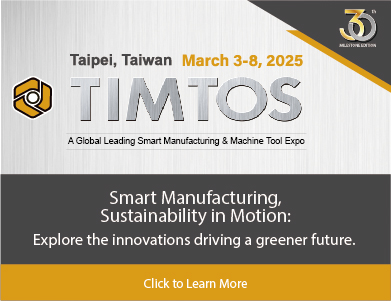


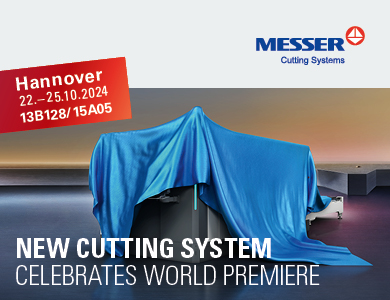
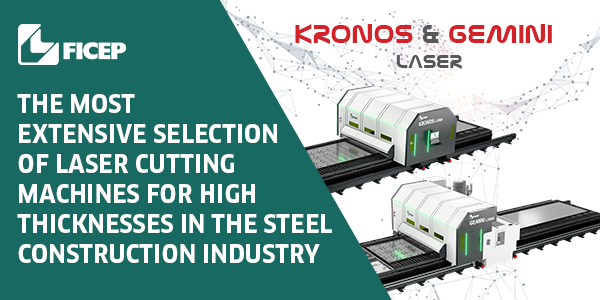
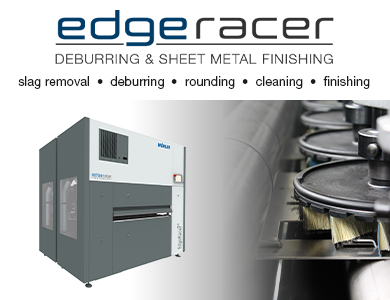






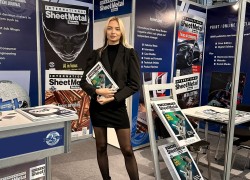
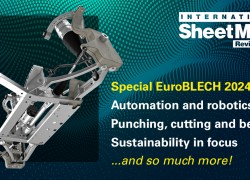


Recent comments